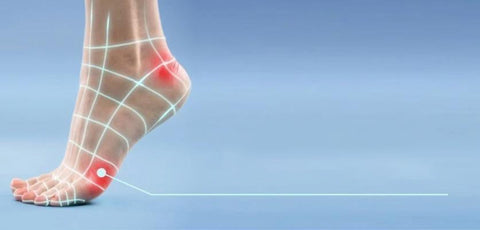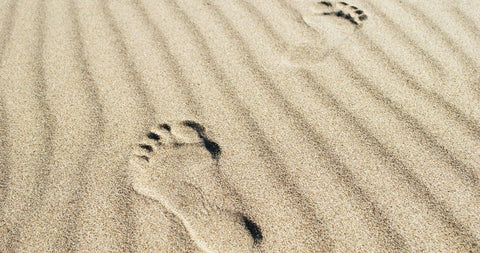
Blisters
If you’ve ever hobbled home with blisters after a long day walking or a night partying in uncomfortable shoes, you’ll know the unpleasant pain they can bring. And while they can be unavoidable at times, there are ways to help deal with the pain and prevent future ones from forming.
This is not a diagnostic tool. This healthcare professional does not endorse Scholl products and were paid by the makers of Scholl for their time producing this video
What are blisters?
A blister is a fluid filled pocket of skin which is typically caused by a reaction to rubbing, friction or burns. Blisters are a form of self-defence to protect the skin underneath.
What are the symptoms of blisters?
The appearance of blisters are like a bubble on the skin. The liquid is usually clear but can sometimes be red if a small blood vessel bleeds in the bubble. If the liquid is cloudy, this may indicate an infection. Infected blisters shouldn’t be ignored as without treatment, it could lead to a skin or blood infection.
What causes blisters?
Often caused by friction and heat, blisters are common in people who are very active or who wear ill- fitting shoes. Blisters are most likely to form in hot weather when feet are sweaty and more likely to rub against shoes or between toes from flip flops. Wearing shoes without socks and walking or running for long periods of time can also lead to blisters. They can also appear when the skin reacts to substances like chemicals, detergents and solvents. Having a condition like diabetes where sensation in the feet is reduced can make you more likely to suffer with blisters as you may not feel any rubbing before a blister forms.
Tips for avoiding and managing blisters?
If you feel friction or discomfort during an activity, it is important to stop the activity and examine your feet. If a blister has occurred, do not pop it, instead cut a hole in a piece of foam or felt and position over the blister. This should help alleviate the friction from the site of damage.
Don’t burst blisters, instead manage them by:
- Covering blisters that are likely to burst with a soft plaster or dressing like the Scholl Blister Shield Plasters here.
- Wearing comfortable shoes that fit properly.
- Wearing thick socks when exercising.
- Dusting your socks with talcum powder if you get sweaty feet.
- Always wash your hands before and after touching a burst blister.
- Allowing the fluid in a burst blister to drain, clean it with mild soap and water before covering with a plaster or dressing.
Should your blister be infected or not resolve in 3 weeks, if the blister is very painful and keeps coming back, if the skin looks infected, if several blisters have appeared for no reason or is in an unusual place or if the blister was caused by a burn of a scald please see a healthcare professional for further advice.
If you suffer from diabetes or any circulatory disorders, please consult a healthcare professional.
To explore related products, click here.
UK/SC/0319/0049i

